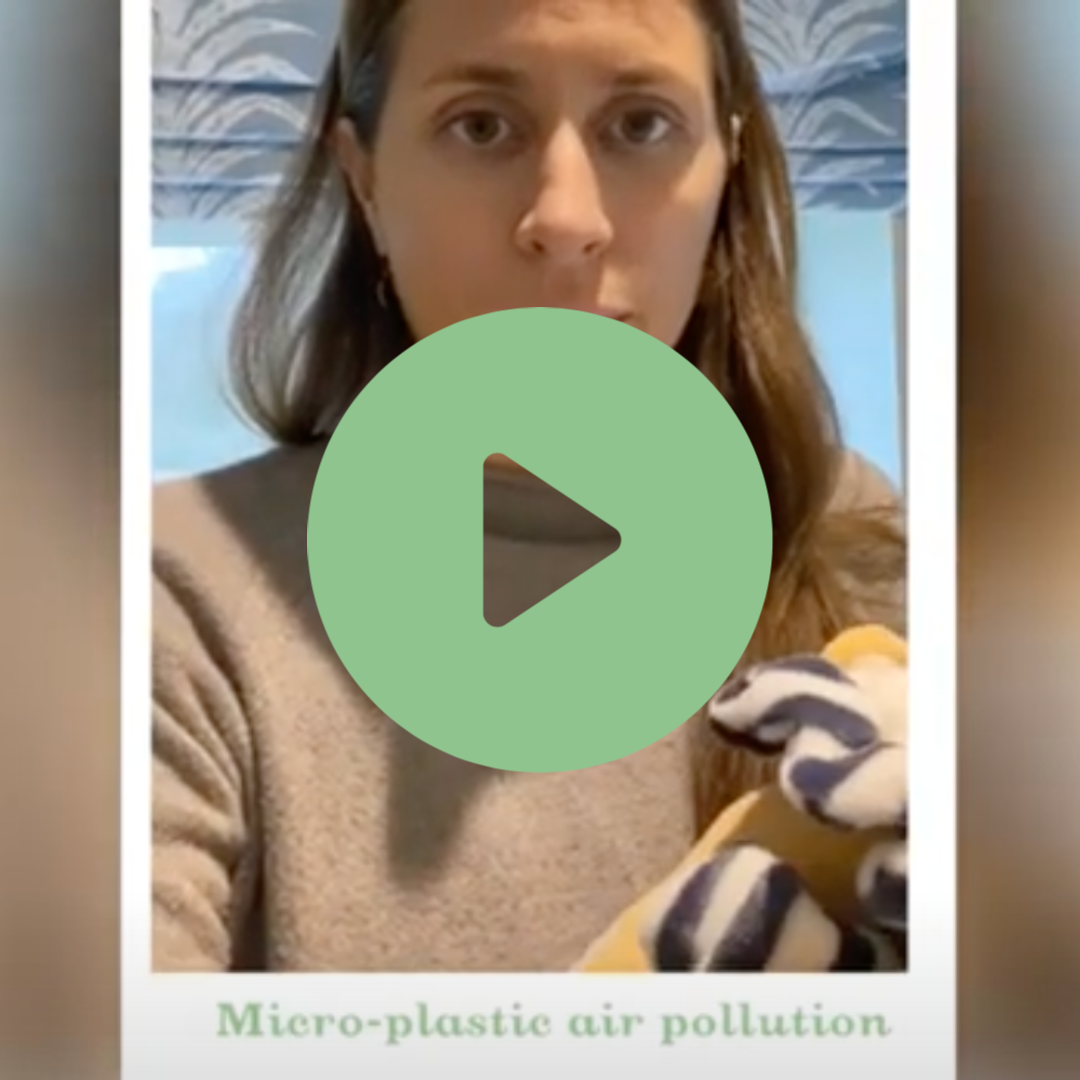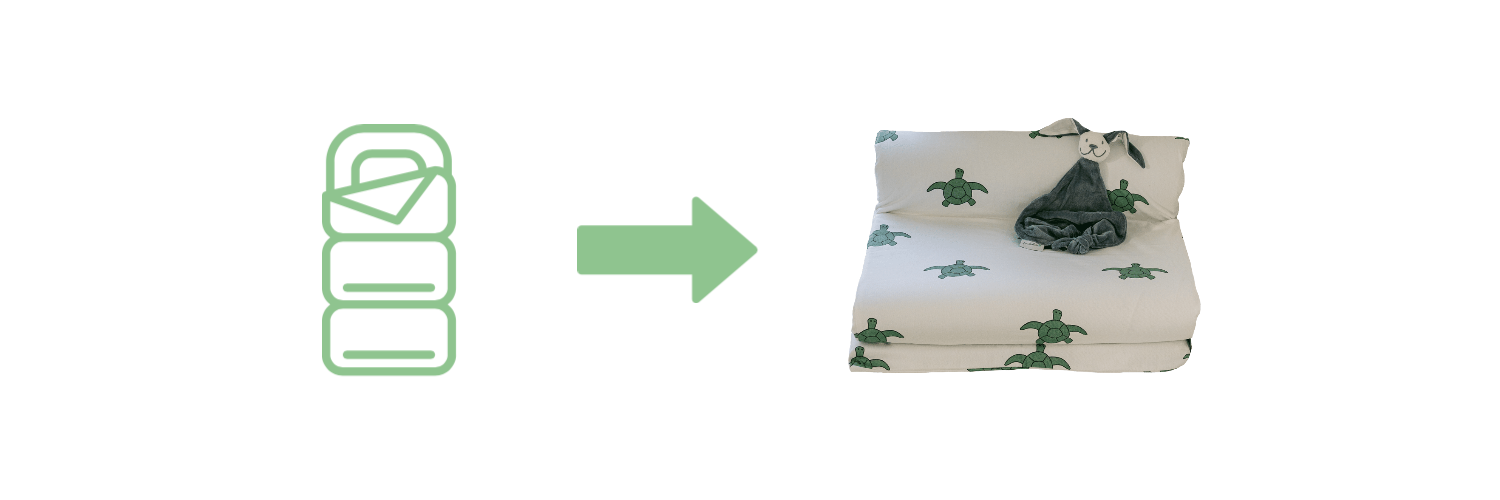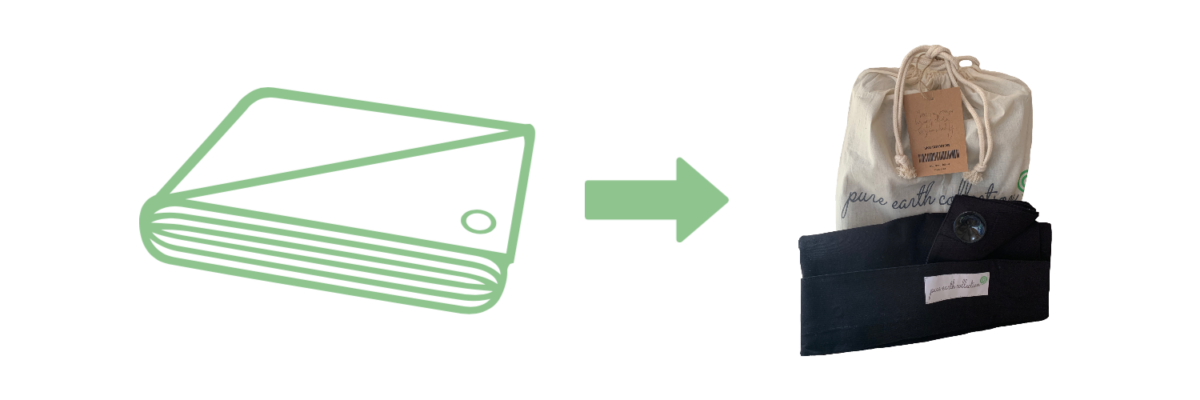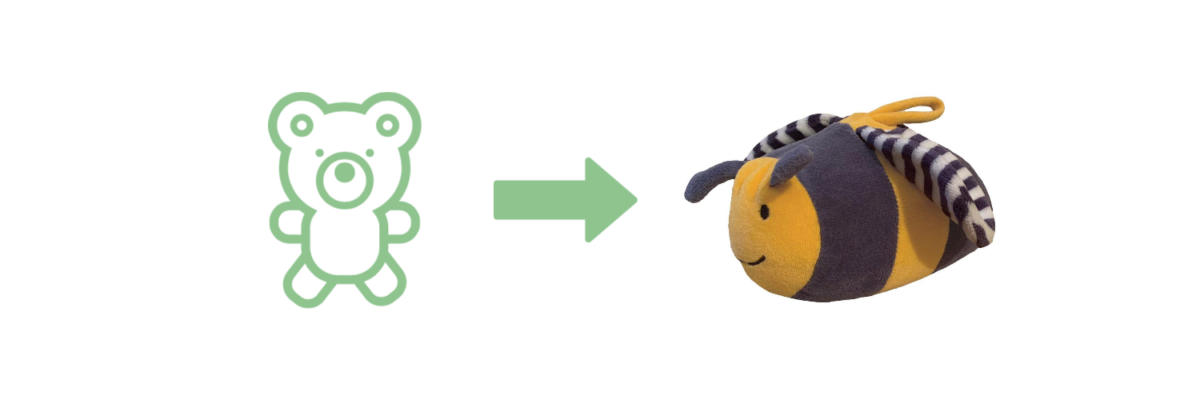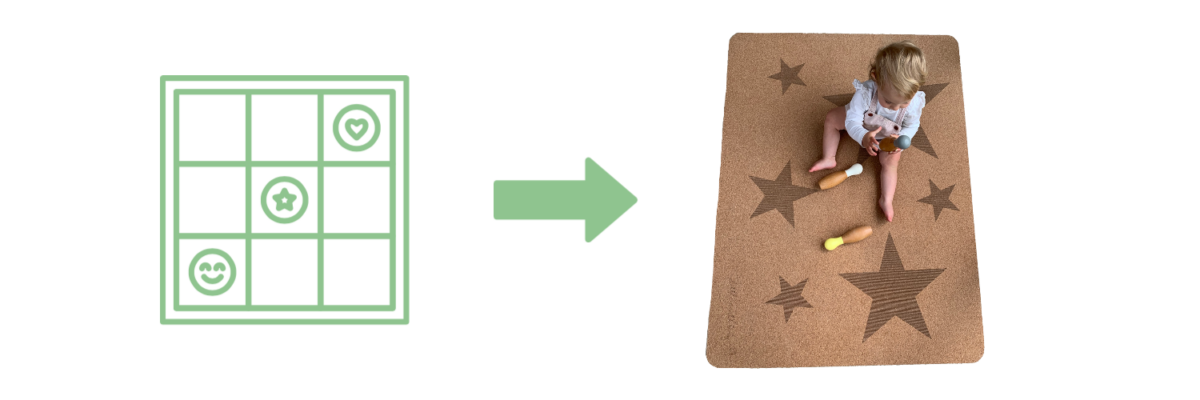The UK government acknowledges that air pollution is the biggest environmental health risk we are currently facing. Air pollution causes around 36,000 deaths in the UK each year. Most people think it’s the outside air we need to be worrying about, but an often under-looked fact is that indoor air pollution is typically around 6x worse than outdoor air pollution, even in major cities. This, coupled with the average person spending over 90% of their time indoors, means that the air in our homes and in our schools is causing more damage to our children than the dirty air outside. Babies and children are especially susceptible to air pollution and toxins. They breath in more air per second relative to their body weight, put more in their mouths, have thinner, more absorbent skin and are at crucial stages of development and growth.
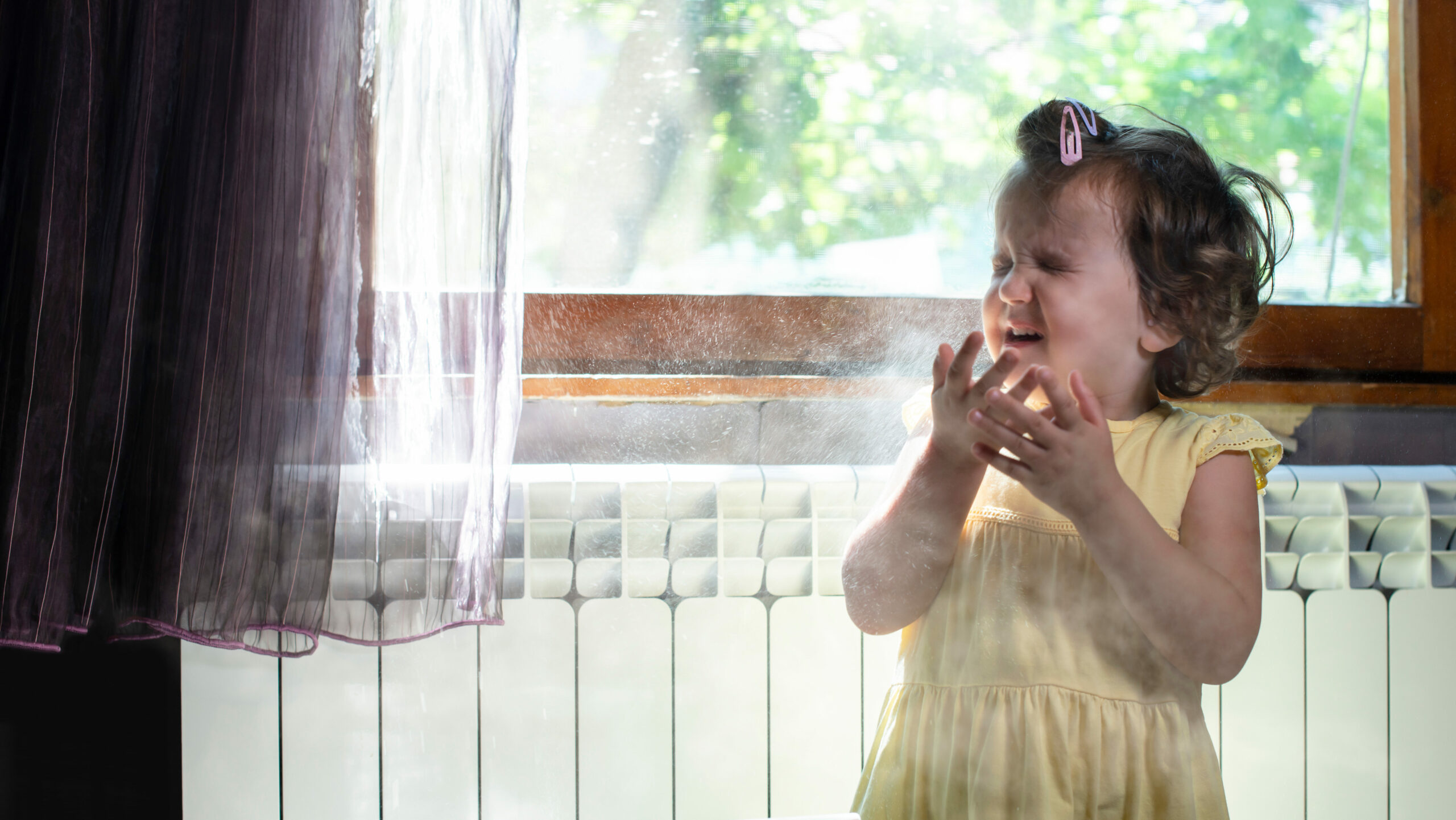
In this article, we’re going to take a look at some of the key contributors to indoor air pollution to see what is causing this problem. These include some common household items which look totally innocent but give off a lot of hugely toxic gasses into the air every second. Luckily, there are lots of super easy changes we can make around our homes to significantly improve the air quality for our families and create a safer environment for our littles ones to flourish – we’ll be discussing those too.
17th June is National Clean Air Day, so let’s all see how many changes we can make this month to help clean up the air for our kids.
Toxic chemicals released from common household items
1. Formaldehyde in fabrics, curtains, carpets and upholstery
Formaldehyde is a colourless, strong smelling poisonous gas. It’s a known carcinogen which has been found in the fabrics of mainstream baby clothing brands in concentrations of up to 18,000 ppm (parts per million). That’s 900 times over what is considered ‘safe’ for baby clothing (which is 20 ppm).
Formaldehyde is often added to fabrics to reduce wrinkles and mildew, promote stain resistance and help colours last longer. It’s regularly added at the end of the manufacturing process to make sure fabrics look fresh and new when they arrive with the consumers.
Formaldehyde is dangerous for everyone, particularly babies and kids and is linked to cancer, reproductive issues and other health complications. It’s harmful when in contact with the skin and it also releases easily into the air, adding to indoor air pollution in homes. Any exposure to the substance, no matter how small, can cause health complications. We would always advise to avoid it altogether. Some people are very sensitive to formaldehyde and experience adverse reactions even at low levels.
How to minimise your family’s exposure to formaldehyde
Thankfully, there are some quick wins when it comes to reducing formadehyde in our houses. For starters, always wash clothes and soft toys before using them. Washing can remove up to 60% of the substance. It’s also great to head down to your local FARA Kids store or charity shop as second hand clothing is actually a great option because a lot of the chemicals would have been washed away already. Or ask friends or relatives for their old hand-me-downs. When buying new, avoid fast fashion and opt for more sustainable, natural and organic fabrics where possible as these are less likely to contain formadehyde.
As well as in fabrics, formaldehye is often found in cosmetics, MDF and ply wood (or any wood which isn’t solid), glues (including bed, sofa and other furniture glue), perfumes and room sprays. Try to make as many swaps as you can to natural, chemical free products, especially for personal care products and around your home. Do your research and make sure you trust the brands you buy from.
2. Flame retardant chemicals
Sadly, due to outdated regulations, these are in most items of household furniture as well as almost all buggies and car seats. One of the biggest worries about these chemicals is that they are known to bioaccumulate in humans, causing long term health issues including neurological damage, hormone disruption and cancer. Flame retardant chemicals are a key contributor to indoor air pollution and usually include PFAS chemicals, nicknamed ‘forever chemicals’ because once they enter our bodies or the environment they can never be removed.
Luckily, there are a few buggy and car seats now available in the UK which don’t use these. I’m not up to date on the exact brands and models as I haven’t bought one for a few years, but the amazing Anita from Anita’s House is always in the know about this and has some brilliant recommendations to suit individual family needs.
Always try to buy furniture, especially children’s products, which don’t have added flame retardants. If you can’t find information about this on websites always call or email the store because sales managers should be able to tell you. It’s better to avoid them altogether when you can because flame retardant chemicals are designed to not come out on a normal wash cycle for up to 50 washes! However, soaking fabrics in warm soapy water for 24 hours has been shown to significantly reduce their presence.
3. Pthalates
Pthalates are a plasticiser used to make some plastics (including PVC) soft and flexible. Even low levels of exposure to phthalates can lead to behavioural and cognitive issues in children, especially when exposure happens at a very young age or while in the womb. These chemicals also cause damage to the liver, kidney, lungs and reproductive system. For this reason, pthalates are banned for use in children’s toys but sadly they still find their way into many products designed for children and many household items which children will be around on a daily basis.
Traditional kids blackout blinds are made from PVC, which gives off hundreds of hugely toxic chemicals, including phthalates, into the air every second. It’s why they come with a warning to “not leave in direct sunlight for long periods of time” because heating up PVC makes it release even more chemicals.
PVC is also used for all inflatable plastics – think paddling pools, blow up camp beds, armbands and other inflatable pool toys. Baby play mats, synthetic car interiors and plastic shower curtains made from PVC are other products to look out for here.
Vinyl flooring (again, made from PVC) is another hidden source of phthalates and a huge contributor to indoor air pollution. It’s commonly used in schools which is particularly concerning given the links to learning and cognitive difficulties. You can read more about this in the study published in Science Daily here.
It’s upsetting that, despite the ban in toys, companies are still making baby play mats and blackout blinds from enormous PVC sheets, which are specifically designed for use in baby and children’s bedrooms and play spaces for extended periods of time.
To reduce this problem and give parents more options of safer alternatives, Pure Earth Collection created the first totally organic portable blackout blind and a kids travel bed made from 100% natural materials.
4. Micro-plastics from synthetic fabrics
Micro-plastics in the air that we breath are a major source of indoor air pollution. A recent study done by Good Morning Britain revealed that airborne micro-plastics are 100x more than what was originally expected, and 22x higher in a child’s bedroom compared with the rest of the house. It’s thought that we inhale around 7,000 micro-plastic particles every day which doctors worry will have future health implications on a par with tobacco. Unfortunately babies and children are more exposed to these pollutants than adults and this is a direct result of the product they are surround with every day.
Watch the short video we made earlier this year to see how many micro particles are released from everyday children’s items around your home:
How to significantly reduce micro-plastic air pollution in your home
- Avoid polyester teddies and choose cuddly toys made from cotton instead.
- Buy cotton or natural fabric clothing wherever you can, especially for your kids.
- Remember that ‘eco’ or ‘recycled’ polyester is just as bad for your child’s health as virgin polyester, so avoid this too where possible.
- Swap out as much of the synthetic home textiles in your house as you can. Choose wool carpets with natural felt underlay, cotton or linen fabrics for sofas, cushions, throws and curtains.
- Hoover and dust your home regularly. Micro-plastics in your house collect in the dust and re-circulate.
- Open windows everyday to help clean your household air. An air filter will also help remove small airborne micro-plastics.
You can find out more about micro-plastics and how to avoid them at our Plastic Free Babies Campaign.
5. FORMAMIDE
Unfortunately, baby play mats are often a significant contributor to the toxic air in our homes. Traditionally, foam play mats have been made out of EVA, PVC or polyurethane. All extremely hazardous materials and not something we would feel happy to have our babies playing on for large periods of time.
EVA foam is known to give off a toxin called formamide into the air around it, and therefore these mats often come with a disclaimer stating they contain a toxic substance. Even EVA play mats which claim to be free from formamide will not be completely without it as there are certain allowable limits for this toxic substance and if you are below these limits then companies can claim their products to be ‘non-toxic’.
In summary, how can we reduce indoor air pollution in our homes?
Choose natural fabrics and materials for all household items. Second hand is a great option for both clothing and furniture as a lot of the harmful chemicals are released at the beginning of a product’s life cycle. Avoid glues and adhesives. Minimise your use of MDF wooden boards and choose sold wood instead. Say no to synthetic foams (think sofas, chairs, play mats, bath toys etc). Choose natural bedding, particularly mattresses. Open windows every day to clear out the air. Buy house plants. Invest in an indoor air filter. Hoover and dust regularly.
Most importantly, don’t panic. We can’t change the past and we also can’t change all of the above overnight. Make bite-sized swaps which are achievable for your family and factor in this knowledge to future purchases and decisions. Having a clean diet rich in fruit, vegetables, whole foods and antioxidants also helps to reduce any past exposure to chemicals and air pollution.
At Pure Earth Collection, some of our products are designed specifically with air quality in mind. Here are our top picks:
Swap out inflatable or synthetic foam camp beds for our 100% natural kids travel bed.
Ditch the PVC blackout blinds in favour of our organic cotton alternatives.
Avoid polyester teddies and opt for organic cotton options instead.
Choose natural materials for play mats and avoid EVA, PVC and polyurethane foams.

